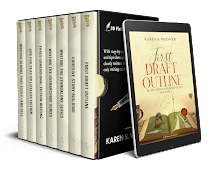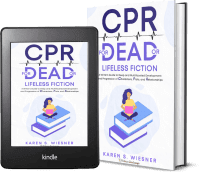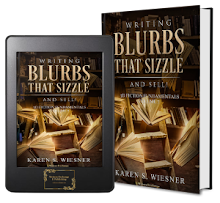An essay that resonates deeply with me, although many people might consider it shockingly counter-intuitive:
Horror Can Be ComfortingHorror fiction and film allow us to "enjoy being scared. . . . at a safe distance," knowing it isn't real and we can close the book or magazine or turn off the movie anytime. The author, Rami Ungar, divides horror fans into Adrenaline Junkies (thrill seekers), White Knucklers (who "see horror as a challenge to get through"), and Dark Copers (for whom horror is therapeutic). For Dark Copers, "horror serves as an escape from the current problems of the world" and "provides both reassurance and a restoration from life’s difficulties, reminding them that their own life isn’t as bad as it could be and helping with feelings of anxiety and depression."
C. S. Lewis, discussing fiction as "escape," notes that even the most depressing, mundane "slice of life" story can serve that function. Reading about imaginary people's problems, we can escape our own for a while. As Ungar says, for the Dark Coper a horror story provides that kind of refuge.
In Stephen King's nonfiction survey of the field, DANSE MACABRE, he maintains that at its core the purpose of horror is facing our fear of death in the safe space of stories. Mark, a boy character in 'SALEM'S LOT, believes "death is when the monsters get you."
My favorite literary comfort food, traditional supernatural horror (such as many of King's works), often has a numinous quality. It evokes a sense of wonder, even though mingled with fear, by positing phenomena beyond the merely material realm. It explores the possibility of life after death, although maybe a kind of existence most of us wouldn't want. Even H. P. Lovecraft's cosmic horror, based on the premise that the universe is totally indifferent to terrestrial organisms, with "monsters" that take less notice of us than we do of individual ants, expands the mind. Horrifying though it is, it's still cosmic.
On a more human scale, most supernatural horror involves conflict between good and evil. With knowledge, luck, and faith, the good guys can defeat the evil entities. G. K. Chesterton replied to adults who worried about fairy tales scaring children, as paraphrased by Terry Pratchett, “The objection to fairy stories is that they tell children there are dragons. But children have always known there are dragons. Fairy stories tell children that dragons can be killed.”
A list of "cozy horror" books, a phrase that sounds like an oxymoron:
Cozy HorrorI'm puzzled as to how this blogger defines "cozy." Maybe it's equated with "domestic horror" or "family horror"? The three books on the list that I've read, HOW TO SELL A HAUNTED HOUSE, THE VAMPIRES OF EL NORTE, and THE BEWITCHING, don't impress me as one bit cozy, but deeply disturbing. Rami Ungar defines this subgenre as fiction that "aims to give readers a slight thrill while also keeping them at a far distance from the horror of the story, so they don’t become too terrified," for instance by setting it in a remote time or place. In case you're looking for scary novels with an actual "cozy" feel, however, the first that pops to mind for me is one of Barbara Michaels's early ghost stories, AMMIE, COME HOME.
Years ago, when one of our sons spent a few days in a rehab facility, he asked me to bring him some particular books. The staff wouldn't let him have them because they were horror. I was baffled; those novels served as "comfort reads" for me. In his situation at that time, one would especially need reassurance that dragons can be killed!
Margaret L. Carter
Please explore love among the monsters at Carter's Crypt.




































No comments:
Post a Comment